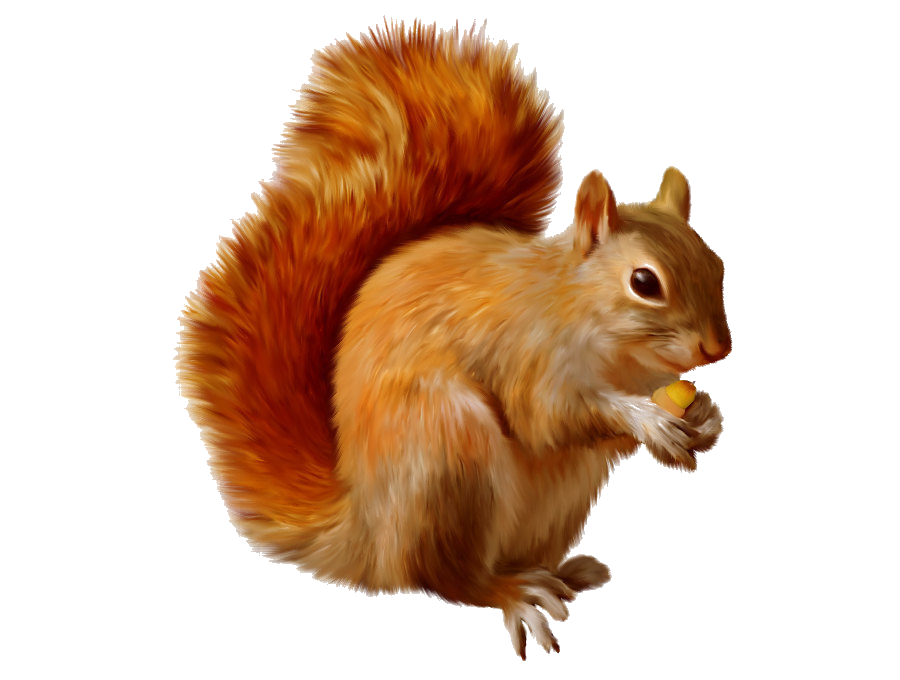
Squirrel droppings or squirrel feces looks just like the feces of other rodents such as rats.
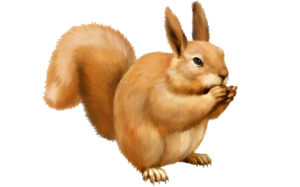
In case squirrels have come into the house, then you may find large amounts of squirrel poop scattered all around. This is because squirrels tend to roam around and scatter their poop when they are draining their bowels. Squirrels play host to external as well as internal parasites. Hence, it is important to wear gloves and take all safety precautions when dealing with the pests and their droppings.

Squirrel poop vs rat poop – difference
The subtle differences between rat feces and squirrel droppings are that the latter may be slightly narrower and longer, elongated, and somewhat oval in shape.
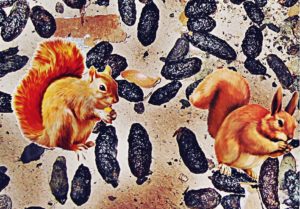
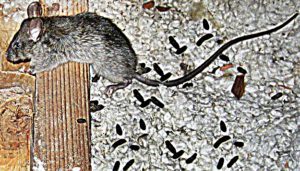
Nuisance created by squirrels
When squirrels enter a house, they generally tend to live in the attic, walls, or soffit. They can be heard scampering all around on the ceiling and walls, throughout the day, but more so in the mornings and in the evenings.
Female squirrels are capable of giving birth when they are only 6 months old. However, they usually give birth for the first time when they are more than 1 year old. The small mammals typically mate two times a year, in late December early January and in late May early June. They remain pregnant for around 43 days and give birth in February or March and later in June or July. The litter usually consists of 2 to 5 baby squirrels. They are nursed by the mother for around 7 weeks and they leave the nest in around 10 weeks.
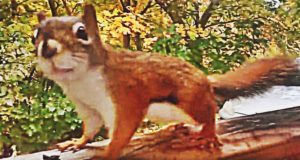
Squirrels bring in all kinds of nesting material into the home and leave behind hazardous and non-hazardous waste. Since their teeth are always growing, they tend to keep chewing on things. When inside the house, they may chew on wood panels and even electrical wires, increasing the risk to fires.
Squirrels typically are not carriers of diseases that can be passed onto humans. They however are carriers of varied parasites like fleas, worms, and ticks, etc. If there is a family of squirrels living in the attic, then that entire area will have a building of their feces and other waste. Subsequently, the increased levels of fungus and bacteria can get airborne and pose health risks to the home owners and their pets.
For all the reasons mentioned above, it is important to remove squirrels from the house.
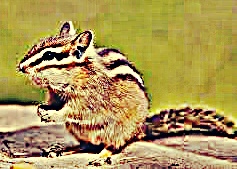
Squirrel droppings – what does it poop look like, size
Squirrel droppings tend to be cylindrical and long in shape with more rounded ends. They are usually 8 mm thick and about 3/8th of an inch long. Squirrel poop has a distinctive smell which can be easily identified by professional pest control people. The pellets tend to be soft when fresh and harden with time. They are brownish or reddish or dark in color and tend to fade and discolor with exposure and age.
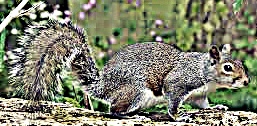
Squirrel poop is often distributed all over in a random fashion. In some instances, it may be found in clusters in areas where they found food or ate. When the animal feels trapped or in danger, then it begins to panic and eliminate feces and spray its urine all around its surroundings.
Squirrel droppings have minor differences from rat poop. The main difference is the tips of the pellets. Squirrel droppings have rounded ends, while rat poop features tapered edges. Additionally, the former is slightly bigger as compared to rat feces.

Removal of squirrels from the house
You may hire a professional to eliminate squirrels from your property. For a DIY, follow the below listed steps to remove squirrels from your home:
- Do a thorough inspection of the house, especially the roof regions, all eaves, vents, walls, and soffits. Find any big or small hole that may be used by the animal to enter the house or attic.
- Squirrels go outside for food and water many times a day. Hence, close all holes but leave one open that the squirrel may be using for entry.
- Set a squirrel trap near the hole and at other places. After the animal is trapped, remove it from the house, and relocate it in the woods or elsewhere.
- Let the traps remain in place till you stop hearing disturbances and noises made by squirrels. Once you are sure that there are no more squirrels in the house, you may remove all the traps, and seal the one remaining open hole.
- Now inspect the house again and check for damage caused by the animal. Remove all the squirrel droppings and clean the house. Repair damage caused to electrical wires.
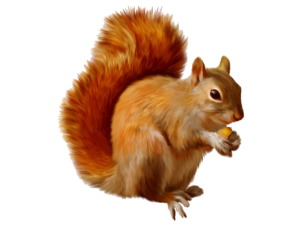
Removal of squirrel droppings and house decontamination
Before you begin removing squirrel droppings and cleaning the house, wear a mask and gloves to protect yourself from pathogens and parasites, etc.
- Do not brush the pellets into one space as that will dirty and contaminate the entire area. You will need to pick up each pellet one by one with a paper towel and put it in the garbage bag. Alternatively, you may use a filter vacuum to quickly swoop up all the droppings.
- Once all the pellets have been removed, the entire area needs to be decontaminated to eliminate remnants of fecal matter, bacteria, and other germs. You may clean the area with a mixture of water and bleach.
- For ensuring that the area is thoroughly cleansed, you may purchase an enzyme-based cleaner and spray-fog the area clean. The enzyme cleaners have enzymes or living bacteria that digest and break down fecal matter. This will ensure that every inch of the attic or other contaminated places is penetrated into by the cleaning solution, thereby eliminating all bacteria, germs, and fecal matter, etc.
Fogging the contaminated area can be costly. Hence, if the area is not that dirty, then bleaching is the best solution. It will kill all the pathogens and leave the area real clean.
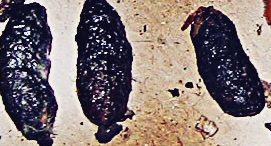
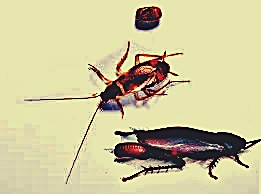
Leave a Reply